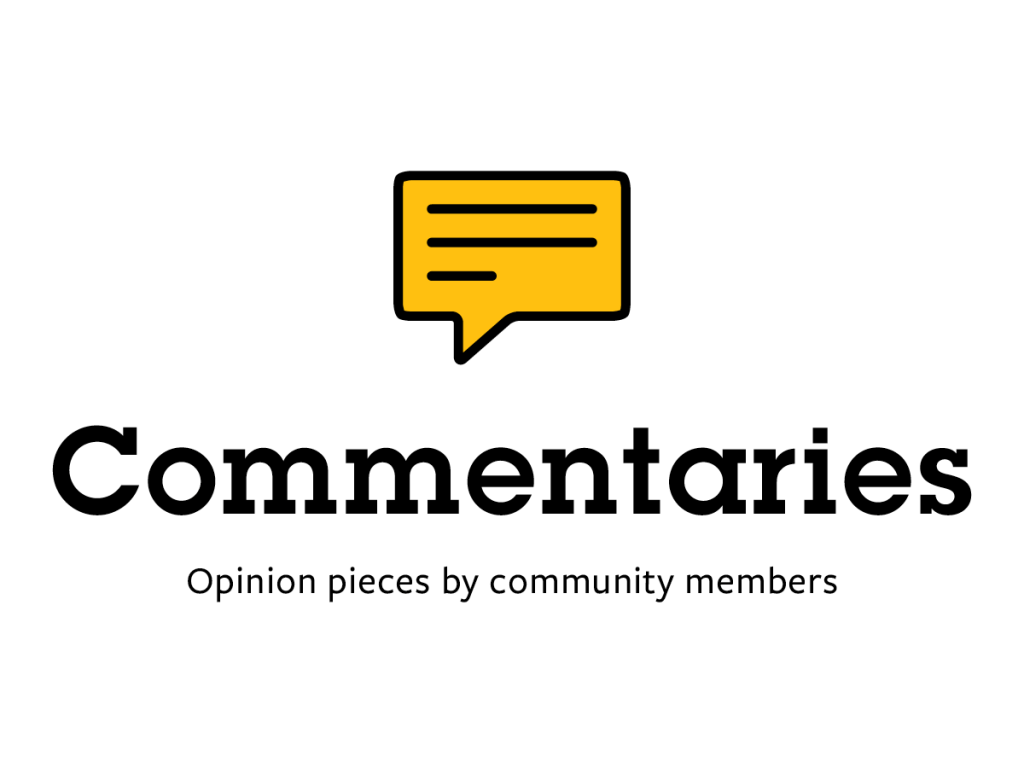This commentary is by Matt Wormser, vice chair of the Shelburne Selectboard.
Summer is nearing its end up here in the Green Mountain State, and it’s time to enjoy our waning days of warmth as harvest season kicks into full swing. It’s also a time to reflect on some of this summer’s challenges, which included stormwater-related flooding and resulting pollution-driven beach closures here on Lake Champlain — problems reflective of broad lake health issues we’ve struggled with for many years.
The sources of pollution impacting lake health, phosphorus pollution in particular, are well known. Agriculture – primarily dairy — contributes roughly 38% of the phosphorus runoff into the lake. Forests and streambank erosion contribute another 38%, with developed lands (16%), wastewater treatment plants (6%), and wetlands (1%) making up the rest.
At our Selectboard meeting last night in Shelburne, we got an update on efforts to implement the state’s updated “three-acre” stormwater requirements, intended to marginally reduce the phosphorus load from developed land. The current effort requires any development with an existing stormwater permit (essentially properties built sometime during the mid-1970s and beyond) and/or those with greater than 3 acres of so-called “impervious” surfaces (think pavement, roofs, driveways, etc.) to upgrade to current stormwater management standards. Because of the narrow scope of the properties affected relative to all developed lands, improvements can unfortunately be expected to have at most a marginal impact on improving lake quality.
The anticipated compliance tab however, is anything but marginal. According to the presentation from Shelburne’s stormwater coordinator, upgrading 10 existing residential stormwater permits within Shelburne is anticipated to cost over $5 million, a bill which does not include a larger number of commercial and municipal government properties, and obviously represents only the tally for one community.
With hundreds of three-acre sites across the state, according to the DEC, a back-of-the-envelope calculation on this basis would put the statewide tab at hundreds of millions of dollars, again for what could be expected to have at most a marginal improvement on lake health.
Long ago the environmental community embraced so-called “cap and trade” solutions to reduce pollution (the primary goal) at the lowest possible cost (an important secondary one). Given the costs above, we desperately need to rethink our approach towards our three-acre rules, building in a cap-and-trade-type system to achieve our pollution reduction goals at the lowest cost to our state.
How might this work? Department of Environment Conservation experts would assess the projected pollution reduction from various mitigation measures — whether it be upgrading stormwater facilities for three-acre sites, extending waterway buffers in agricultural zones, or other means, and allow parties responsible for reducing their phosphorus pollution to invest in the least expensive way to achieve their mandated targets, whether it be on their land or beyond.
What might the lowest-cost solutions be? Most likely these would involve a combination of helping our dairy industry accelerate implementation of pollution control best-practices — such as expanded buffers and increased use of manure soil injection — possibly along with targeted buyouts for some dairies willing to consider a transition to other productive uses of their land.
A 2021 report from our state auditor indicated that from 2010 to 2019 the state subsidized our dairy industry to the tune of $285 million, and that despite this, the number of farms steadily dwindled — from nearly 1,000 in 2012 to half of that in 2022. Farm consolidation has meant that the total number of cows is only down roughly 12% during that time frame, though the long-term prospects remain challenging for the industry.
The dairy industry remains — no pun intended — a sacred cow in Vermont. It’s a key part of our identity and heritage. It also is already highly threatened by economic factors beyond the borders of our state, and if reducing its footprint can help us achieve compliance with federal lake cleanup mandates at far lower cost than alternate methods then we need to be open to all options there.
Equivalent research as a part of a cap-and-trade approach to lake health should also include cost-effective ways to reduce pollution from forests, streambanks and other primary sources. Reducing or eliminating the use of lawn fertilizer on developed lands would similarly be a low-cost solution to cut phosphorus pollution. It’s clear that given our vast investment needs within Vermont around housing, schools and other urgent priorities, the current three-acre rules need an immediate rethinking.
Read the story on VTDigger here: Matt Wormser: Implementing a cap and trade solution for lake cleanup.

